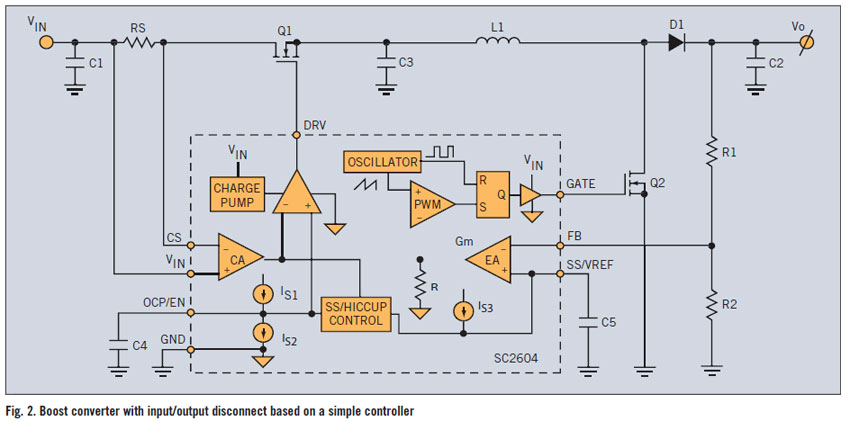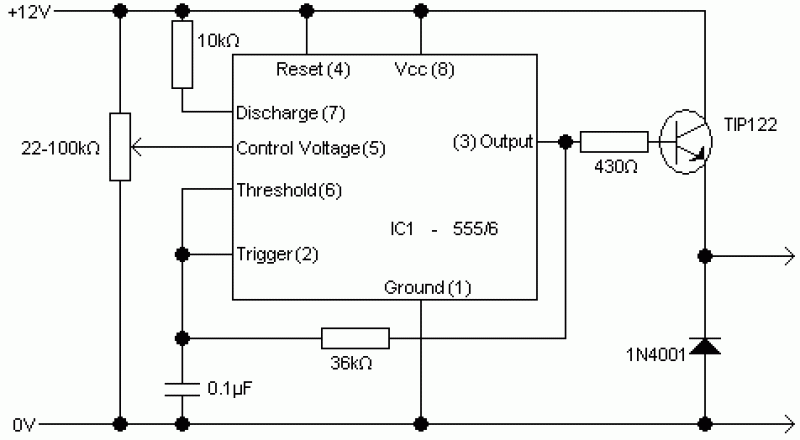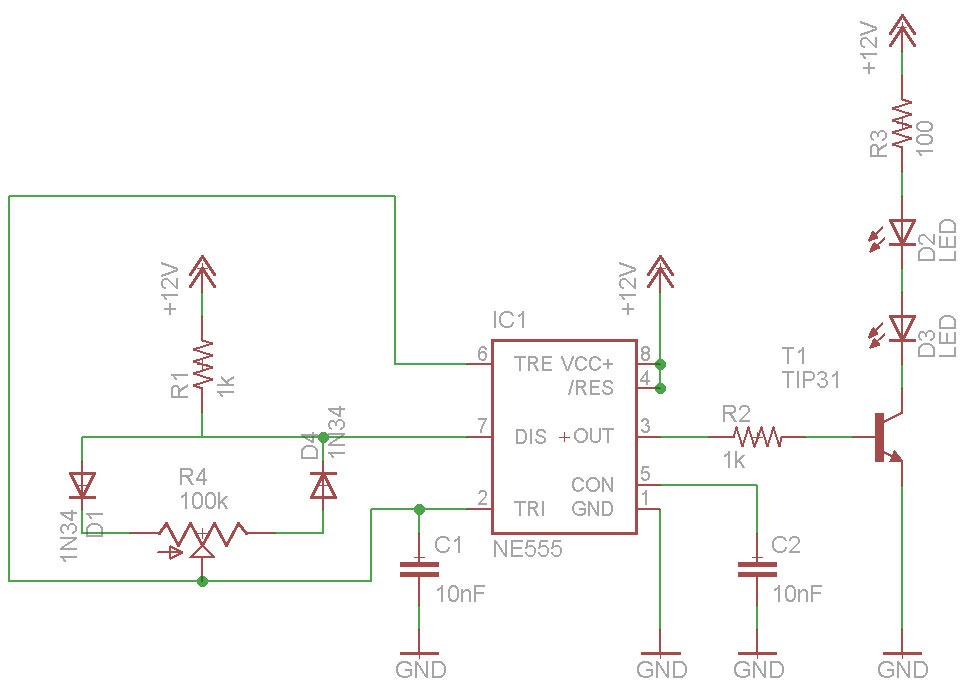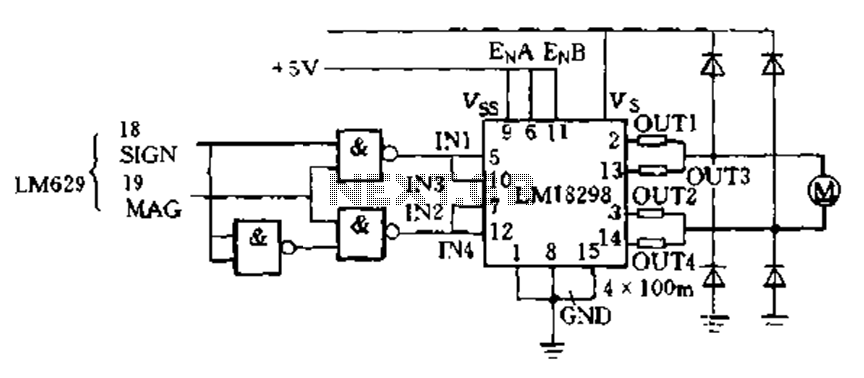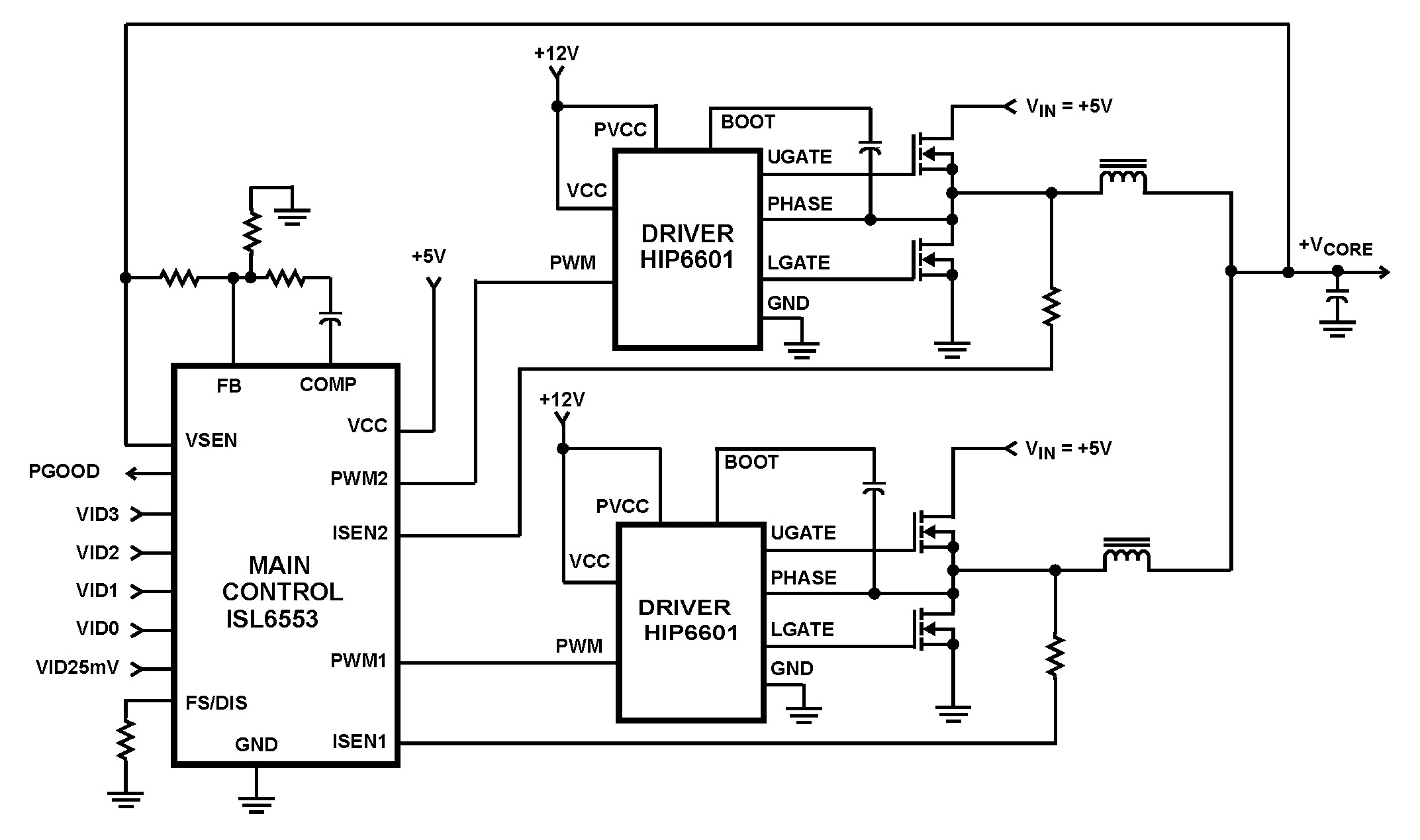
H2 PWM Generators
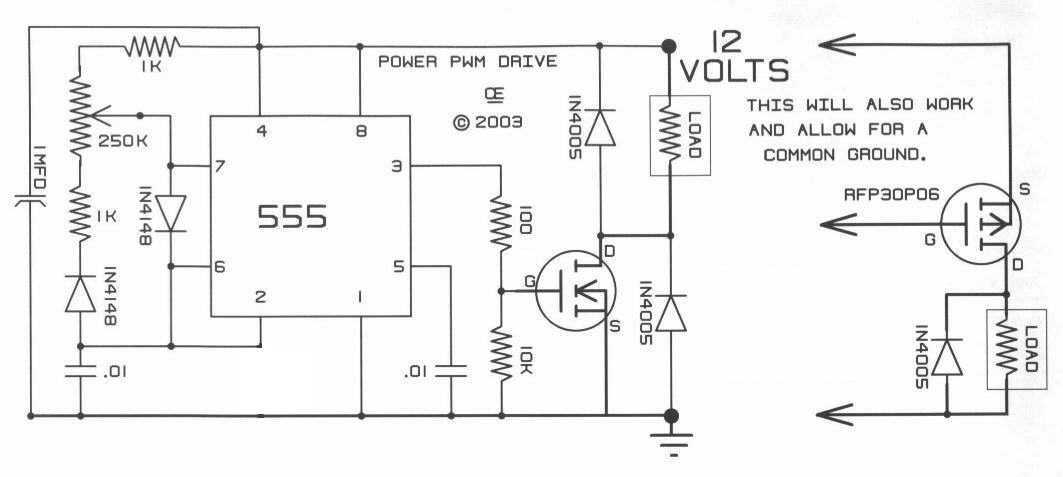
The Generator cell must have reasonable surface area on the Plates to generate a reasonable amount of Hydrogen/Oxygen. And a Typical construction would use Stainless Steel for the Electrodes to prevent them from being Quickly eaten away. More: DANGER: Hydrogen IS VERY EXPLOSIVE. So Be Very Careful with How you do all this stuff.
The generator cell described is designed for the electrolysis of water to produce hydrogen and oxygen gases. The efficiency of this process is highly dependent on the surface area of the electrodes, which must be optimized to facilitate the maximum generation of these gases. A larger surface area allows for more electrochemical reactions to occur simultaneously, thus enhancing the overall output of hydrogen and oxygen.
Stainless steel is recommended for the electrodes due to its corrosion resistance and mechanical strength, which are crucial for longevity and performance in an electrolysis environment. The electrodes are typically arranged in parallel plates, with an electrolyte solution, often water mixed with a small percentage of an electrolyte such as potassium hydroxide (KOH), filling the space between them. This arrangement helps to minimize the distance that ions must travel, improving the efficiency of the electrolysis process.
Safety precautions are paramount when working with hydrogen, as it is highly flammable and can form explosive mixtures with air. Proper ventilation, the use of explosion-proof equipment, and adherence to safety protocols are essential to mitigate risks associated with hydrogen production.
In terms of circuit design, a power supply capable of providing a stable DC voltage (typically between 1.5V to 12V depending on the design) is necessary to drive the electrolysis process. A simple schematic would include a power source connected to the electrodes, with a switch to control the operation, and possibly a fuse for overcurrent protection. Monitoring devices, such as pressure gauges and gas flow meters, can also be incorporated to ensure safe operation and to measure the output of hydrogen and oxygen gases effectively.The Generator cell must have reasonable surface area on the Plates to generate a reasonable amount of Hydrogen/Oxygen. And a Typical construction would use Stainless Steel for the Electrodes to prevent them from being Quickly eaten away.
DANGER: Hydrogen IS VERY EXPLOSIVE. So Be Very Careful with How you do all this stuff. Here are some More of My Opinions:: A)A lot of people have Experimented with this, "Including Professional Scientists with Huge financial Budgets". So far I have 🔗 External reference
The generator cell described is designed for the electrolysis of water to produce hydrogen and oxygen gases. The efficiency of this process is highly dependent on the surface area of the electrodes, which must be optimized to facilitate the maximum generation of these gases. A larger surface area allows for more electrochemical reactions to occur simultaneously, thus enhancing the overall output of hydrogen and oxygen.
Stainless steel is recommended for the electrodes due to its corrosion resistance and mechanical strength, which are crucial for longevity and performance in an electrolysis environment. The electrodes are typically arranged in parallel plates, with an electrolyte solution, often water mixed with a small percentage of an electrolyte such as potassium hydroxide (KOH), filling the space between them. This arrangement helps to minimize the distance that ions must travel, improving the efficiency of the electrolysis process.
Safety precautions are paramount when working with hydrogen, as it is highly flammable and can form explosive mixtures with air. Proper ventilation, the use of explosion-proof equipment, and adherence to safety protocols are essential to mitigate risks associated with hydrogen production.
In terms of circuit design, a power supply capable of providing a stable DC voltage (typically between 1.5V to 12V depending on the design) is necessary to drive the electrolysis process. A simple schematic would include a power source connected to the electrodes, with a switch to control the operation, and possibly a fuse for overcurrent protection. Monitoring devices, such as pressure gauges and gas flow meters, can also be incorporated to ensure safe operation and to measure the output of hydrogen and oxygen gases effectively.The Generator cell must have reasonable surface area on the Plates to generate a reasonable amount of Hydrogen/Oxygen. And a Typical construction would use Stainless Steel for the Electrodes to prevent them from being Quickly eaten away.
DANGER: Hydrogen IS VERY EXPLOSIVE. So Be Very Careful with How you do all this stuff. Here are some More of My Opinions:: A)A lot of people have Experimented with this, "Including Professional Scientists with Huge financial Budgets". So far I have 🔗 External reference
